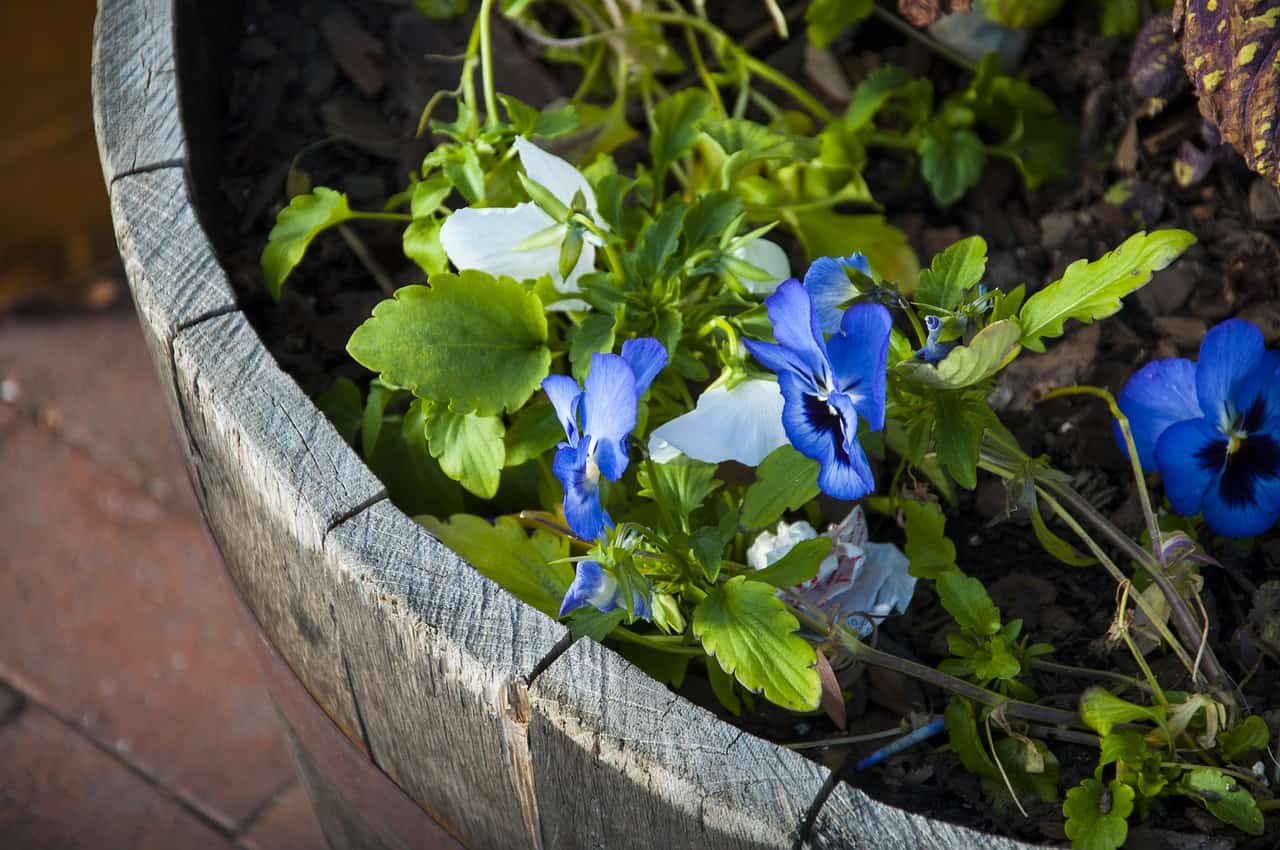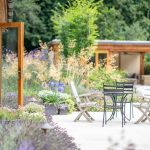Muddy garden patches make it difficult for families who want to enjoy outdoor space, especially during wet British weather. Messy, slippery areas limit children’s use of the garden and can discourage families from spending time outside. Waterlogged lawns create more work, with mud tracked into the house and grass damaged by repeated footfall.
Turning these spots into useful areas calls for straightforward solutions that withstand frequent rain and damp. Natural materials can form a protective layer for the soil. Their fibrous texture creates a cushion across problem patches, supporting quick drainage while minimising surface mess. This helps stop soil compaction and muddy build up after rainfall, keeping the garden accessible.
With some careful planning and simple materials, challenging outdoor areas can become safe, attractive, and usable spaces for everyone. Natural ground covers help gardens stay functional and tidy. They preserve a natural look, even in unpredictable weather. These improvements can be completed without complicated groundwork or major expense, making them practical for busy families throughout the year.
Why British gardens become muddy nightmares
Regular rainfall and varying weather patterns across the UK create damp conditions that frequently lead to mud formation in gardens. Short periods of heavy rain saturate lawns quickly, making soil prone to water retention and muddiness. Many gardens have clay based soils that hold moisture for longer, which slows down drainage.
Foot traffic increases compaction, especially in play zones, pathways, or around popular features. Compacted soil prevents water from draining away, so puddles form and remain after wet weather. Areas under slides, garden furniture, and washing lines often become trouble spots.
Lack of natural ground cover, such as mulch or bark, leaves soil exposed and more likely to break down under pressure. Without a protective surface, even light use in damp weather can turn grass into bare, muddy ground. Gardens with high activity are more likely to see persistent patches of mud.
Traditional solutions like concrete or artificial grass have drawbacks. Concrete prevents natural drainage and can crack over time. Artificial grass requires extensive groundwork and may contain materials that don’t break down naturally in the environment.
How decorative bark transforms problem garden areas
Elegant decorative bark for landscaping features irregular, fibrous pieces that form a protective layer above the soil. This design allows gradual water filtration and reduces messy splashes during rainfall, which keeps surface mud to a minimum.
The drainage benefits of bark are often better than many alternative materials. Unlike solid surfaces that cause water to pool or run off rapidly, bark creates tiny channels that allow water to percolate slowly into the soil. This gradual drainage prevents waterlogging while still allowing plants to access moisture.
Bark performs well through all British seasons. During winter rains, it provides a buffer between feet and muddy ground. In summer, it helps retain soil moisture, reducing evaporation. The material decomposes slowly, with pine bark nuggets tending to last longer than some other varieties.
Types of decorative bark for different garden needs
Fine grade bark works best for flower beds and borders where a neat, tidy finish matters. Medium grade offers a good balance for general garden use, including paths and play areas. Chunky bark lasts longest and suits high-traffic areas where durability counts.
Colour options range from rich brown to golden and reddish tones. Darker barks create a natural woodland feel and highlight bright flowers. Golden varieties add warmth to shaded areas. Reddish barks complement brick homes and contemporary garden designs.
Creating safe play zones with natural materials
Decorative bark provides cushioning for children’s play areas, helping to soften falls and lower risk of injury. Natural bark surfaces are widely used for play areas because they absorb impact better than hard surfaces. For areas under swings, slides, and climbing frames, bark gives a natural, softer landing.
For home garden play areas, applying a layer of decorative bark also reduces muddy spots and helps keep surfaces safe for children. Garden professionals typically recommend using a bark depth of 5-7.5cm for basic cushioning and for preventing mud in high traffic garden zones.
Commercial playground bark and home garden decorative bark differ in installation requirements and cost. Home decorative bark may be available at a range of prices per cubic metre, with DIY installation helping to keep costs down. Commercial playground surfaces often need professional installation to meet safety standards.
DIY weekend project – building a bark play area
Clear the area of weeds and debris. Level the ground as much as possible, removing any sharp objects. Lay a quality weed membrane to prevent weeds growing through your play surface. Secure the edges with garden pins or bury them slightly.
Add your chosen bark to a depth that provides sufficient cushioning for play areas. Spread it evenly using a rake. Check the depth regularly, especially in high-use areas like under swings. Top up annually when thin spots develop. Rake occasionally to refresh the surface and redistribute the bark.
Practical garden paths that stay mud-free all year
Family friendly garden paths need to balance use with visual appeal. Curved paths create a sense of flow and invite guests to walk through. Straight paths offer direct access between important parts of the garden such as patios, sheds, or play zones.
A path that feels too narrow can cause bumping or discourage children from walking next to each other. Choose a width that allows side by side walking or space for a wheelbarrow. Many garden designers suggest using a spade as a guide before marking out the path.
When building a durable garden path, each layer serves an important purpose. Use crushed stone or gravel at a depth that allows water to drain well. Once that layer is in place, roll out a weed membrane across the area, making sure it covers the full path.
Containing bark paths requires secure edging. Timber edging provides a natural look that blends with the bark. Metal edging offers a cleaner, more contemporary finish. Recycled plastic edging combines strength with eco friendly benefits.
Cost effective garden transformation tips
Traditional solutions often introduce their own challenges. Concrete paths and patios require substantial installation work and don’t allow rainwater to seep into the ground. This can lead to localised puddling or contribute to water management issues after heavy rainfall.
Cost comparisons for garden surfaces can shift based on supplier, region, and project size. Elegant decorative bark for landscaping is often viewed as a more economical option for home garden use, with prices varying depending on supplier and quantity.
Calculating quantities needed is straightforward. Measure the length and width of your area in metres, multiply them together for the square metreage, then multiply by the depth in metres. For example, a 3m x 4m play area at 10cm depth needs 1.2 cubic metres of bark.
Ongoing maintenance costs also support the use of bark solutions for busy families. Unlike concrete, which may crack and need replacing, decorative bark requires only occasional topping up and raking. Ongoing upkeep mainly involves adding fresh bark as the material naturally decomposes.
Reliable suppliers throughout Yorkshire and nearby regions make sourcing quality bark simple. Local garden centres carry bagged decorative bark suitable for small projects or touch ups. For larger landscaping jobs, landscape suppliers offer delivery of bark in bulk, often saving on cost for bigger orders.
Before choosing areas for bark application, consider which garden zones would benefit most. Focus on spots where foot traffic repeatedly causes mud, such as garden entrances, play equipment bases, and pathways worn bare by regular use. This approach turns muddy problem areas into spaces that remain accessible and practical.


